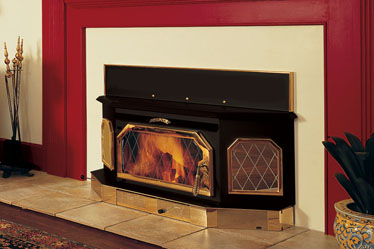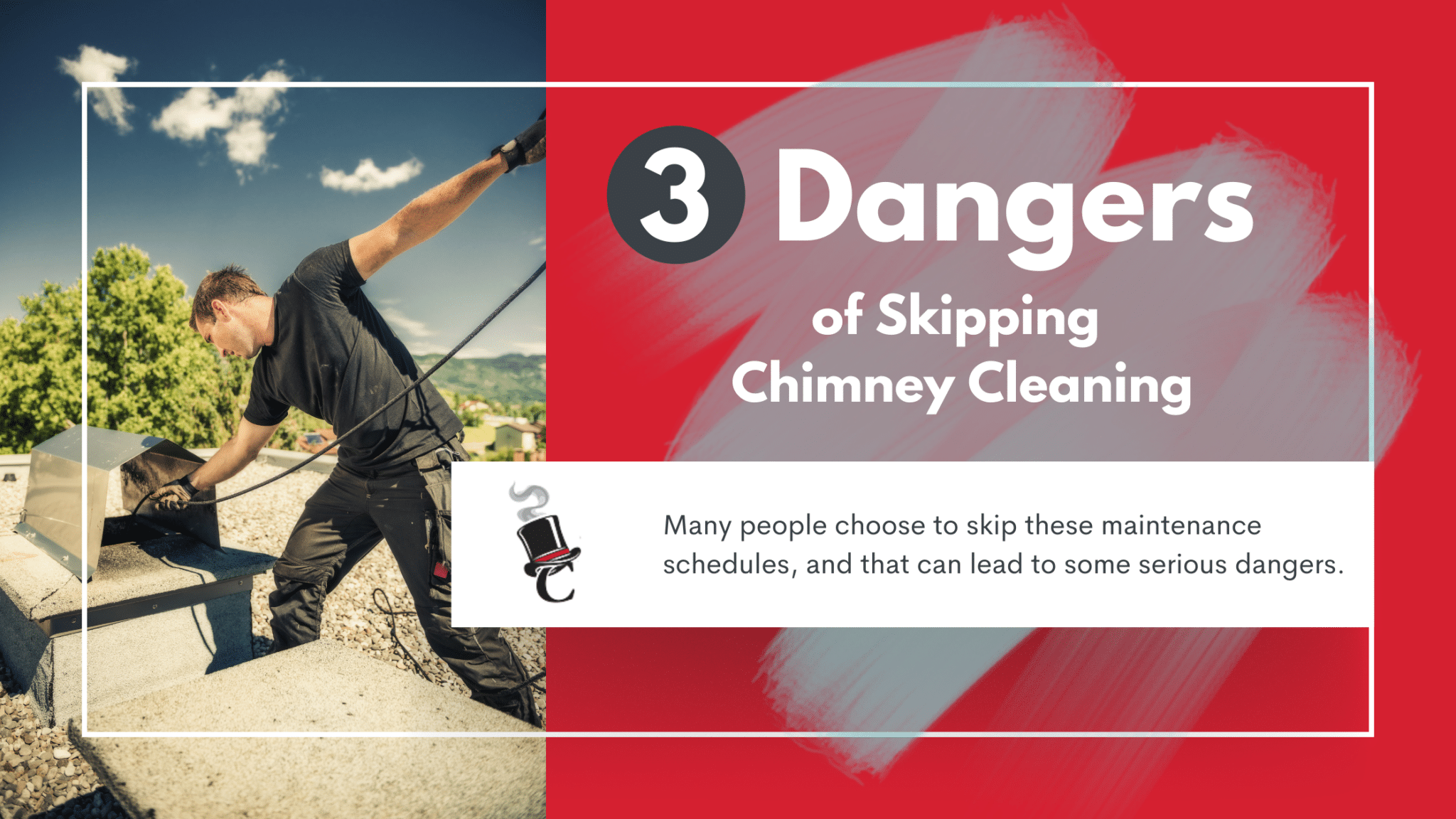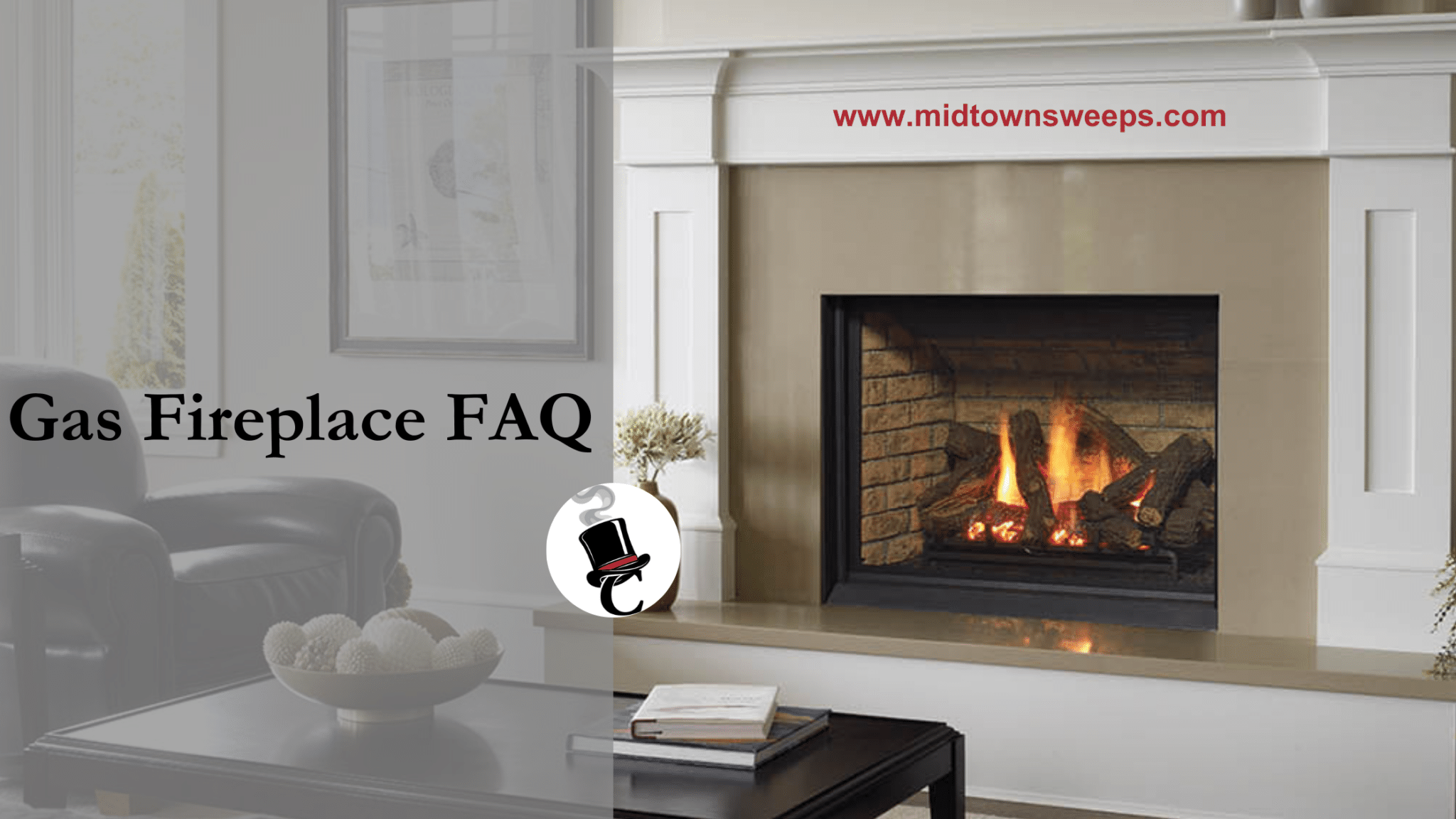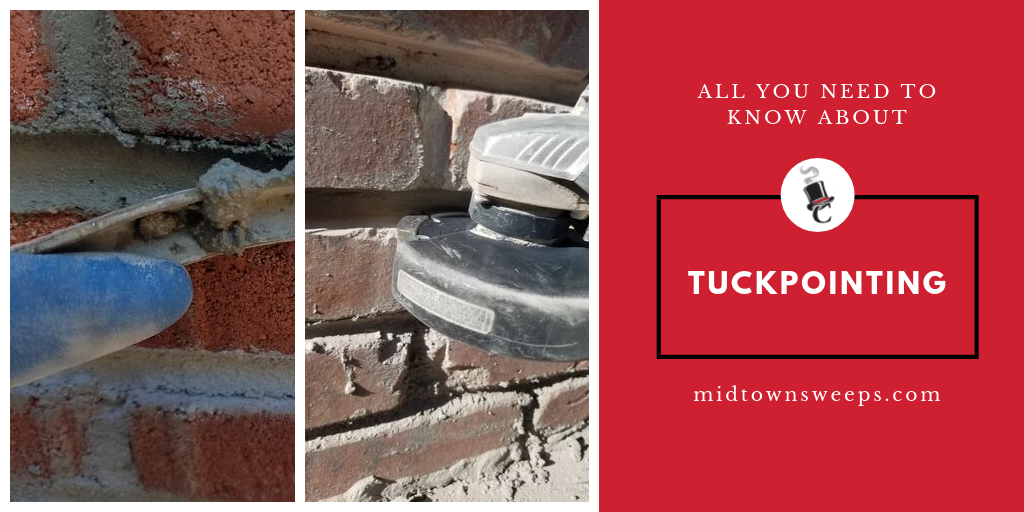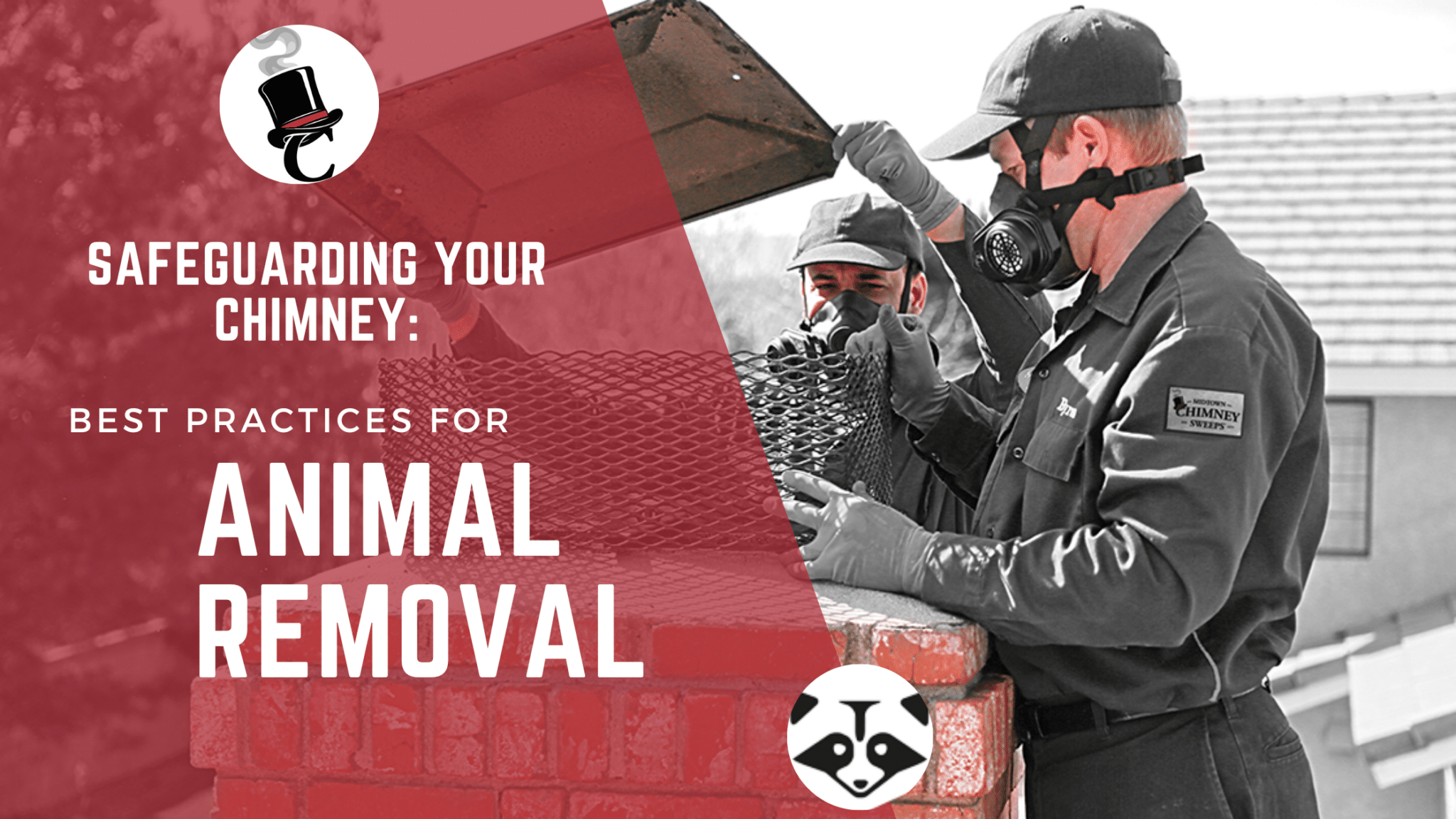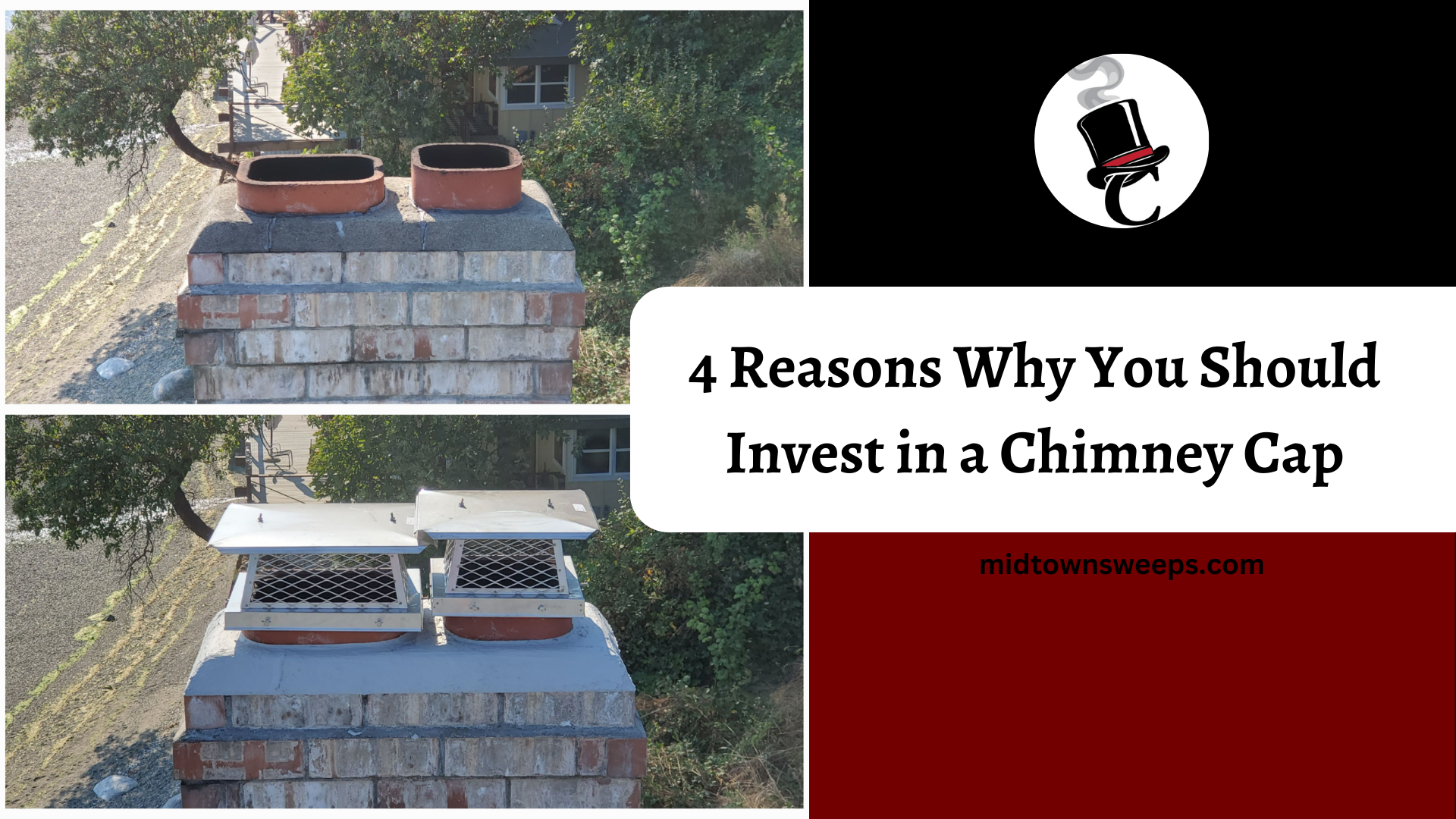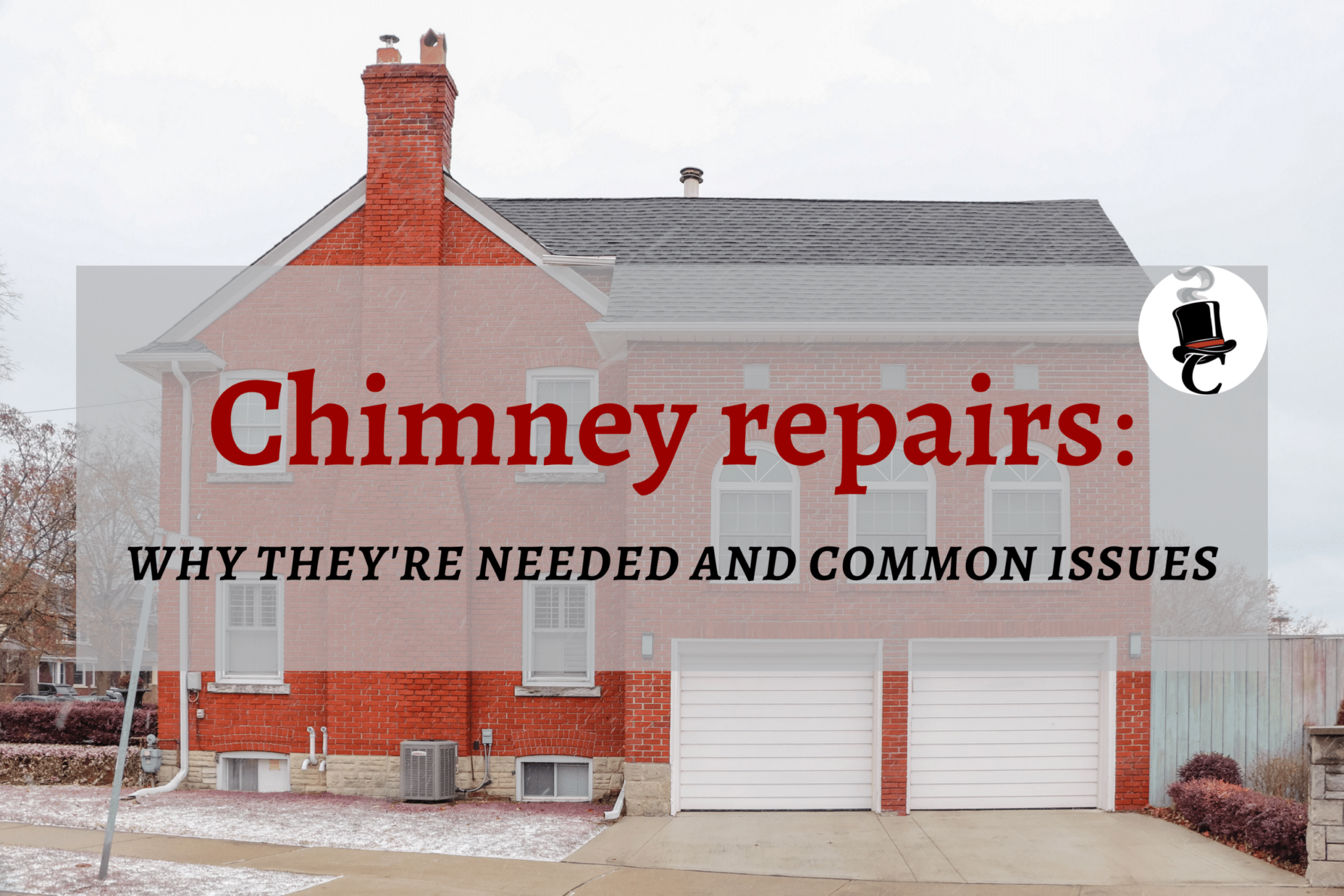Masonry wood burning fireplaces and factory-built fireplaces are probably the most common fireplaces a typical American family will become familiar with. Sitting by the fireplace and enjoying the ambiance of the crackling wood and embers burning bright is enjoyable and relaxing. Christmas time and Thanksgiving are full of wonderful memories of friends from times long past. But how efficient are these fireplaces in the long run for heating your home?
Traditional Fireplaces and Wood Burning Inserts
In the case of a traditional fireplace, whether it is a masonry fireplace or factory-built fireplace, there are a few factors that make these beautiful works of art more form than function: between 10%-20% overall efficiency. An open damper can send your home’s heated air straight up the chimney when not in use. (That problem can be fixed by either closing the damper or purchasing a money saving Top Seal Damper. Ask us how!) The open hearth also reduces the temperature within the firebox thus reducing the efficiency of the burning process. By enclosing the firebox and reducing the flue with a fireplace insert, the fire is more efficient to heat the home: between 60% to 80% overall tested efficiency . Although fireplace inserts may lack some of the charm of your traditional woodburning fireplace, they do offer convenience and a much more improved overall heating efficiency. The fireplace insert listed here is manufactured by IHP, previously known as Lennox Hearth Products, or IHP.
Wood inserts are an improvement over your builtin fireplace. You still have the woodpile, bark, ashes and hauling, but the natural flames, crackle, and woodsy smells also remain. Wood fireplace inserts seal off the original firebox; there is a refractory chamber inside the insert that circulates room air around the hot firebox and back into the room. The hotter firebox burns the wood more completely than your fireplace and will and reduces pollution and chimney emissions and allergens. Embers are contained as well, and a smaller stainless steel flue liner goes inside the chimney to emit gases and smoke and bypass the existing chimney.
How much can a Fireplace Insert Heat?
Fireplace inserts heat from 800 to 3,000 sq. ft., depending on the unit’s size. You’ll want to size your insert to the square footage you need to heat. You will cut your other heating costs by 10%40% with a solid fuel burning fireplace insert. Because of the enclosed design, an insert increases the efficiency of burning wood, helping you extract the most heat for the least cost.
Just a few extra Benefits to Wood Burning Inserts
- They can burn for three to five hours before you need to add more wood.
- Firewood is an economical fuel in many regions, costing just $922/year to heat a typical home when the wood is burned efficiently. If you cut the wood yourself, it might even be free and if you buy, you support local jobs!
- The efficient combustion chamber design reduces the amount of noxious gases and particulates produced by an open fireplace
Fireplace Inserts can Solve Pre-Existing Chimney Problems
Since wood burning inserts with properly installed liners are installed inside old or pre-existing fireplaces, the inserts can be considered a code compliance mechanism. An insert can renew a fireplace by bringing increased heating efficiency. In the case of defective fireplaces and chimneys (such as cracked or missing flue tiles in the flue) it allows the unit to meet code and function again. This means that homeowners don’t have to plan budget and build a whole new fireplace, or worry about a brand new masonry flue liner which often costs the same as an insert with a stainless steel liner. Homeowners can simply upgrade their original fireplace with an insert and stainless liner and keep the old structure in place. Professionals need to install a stainless steel liner pipe and the insert. The insert itself frequently weigh over 350 lbs. and can be troublesome to move. Inserts must also fit very precisely into the old fireplace, so exact measurements are always necessary and not all inserts work with all fireplaces.
Maintaining a Fireplace Insert
Fireplace inserts require just as much maintenance as the fireplace itself. Because the insert is wood burning, homeowners must regularly clean out ashes and examine the chimney for creosote build-up. The owner’s manual requires annual chimney inspection and cleaning. Having a professional clean and inspect the insert annually is important in the upkeep and maintenance of your unit and will greatly aid in protecting your home from a dangerous chimney fire. It is critical that you get creosote deposits removed from your fireplace insert on a annual basis, as it’s residue contains fuel that can ignite a fire without ever even having exposure to direct flame.
Lastly, another pro to having a wood burning insert is that it will be exempt from No Burn days. These regulated days of the year are sometimes known as Action Days in Colorado, and suggest voluntary or required pollution prevention measures, which may vary by season. The winter ‘high pollution day’ season is October 31st to March 31st, and sensor stations trigger mandatory restrictions that limit burning inside the home to only approved devices such as EPA Phase II certified fireplace inserts or stoves.
